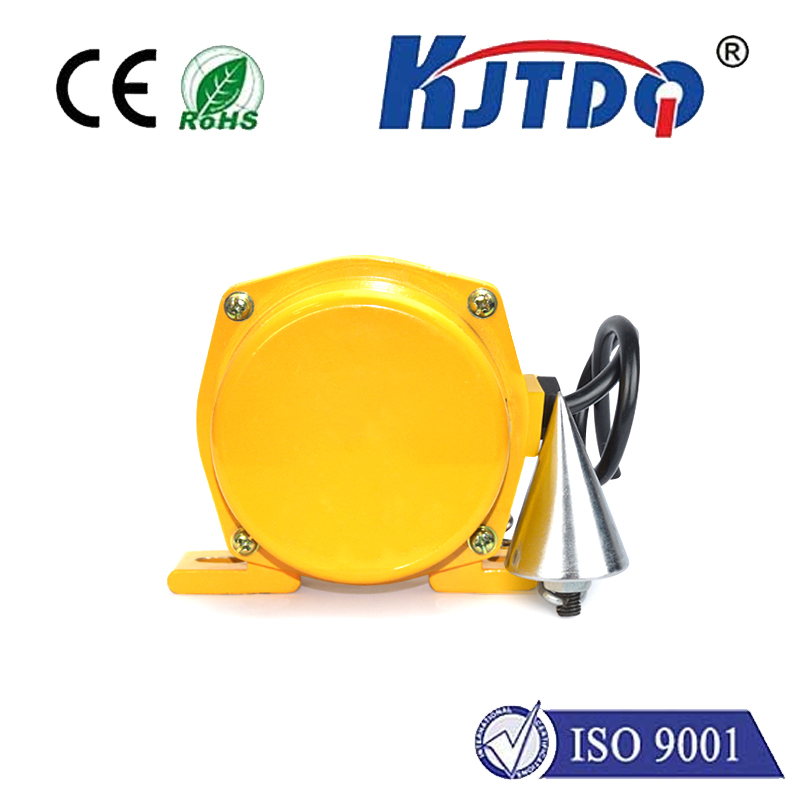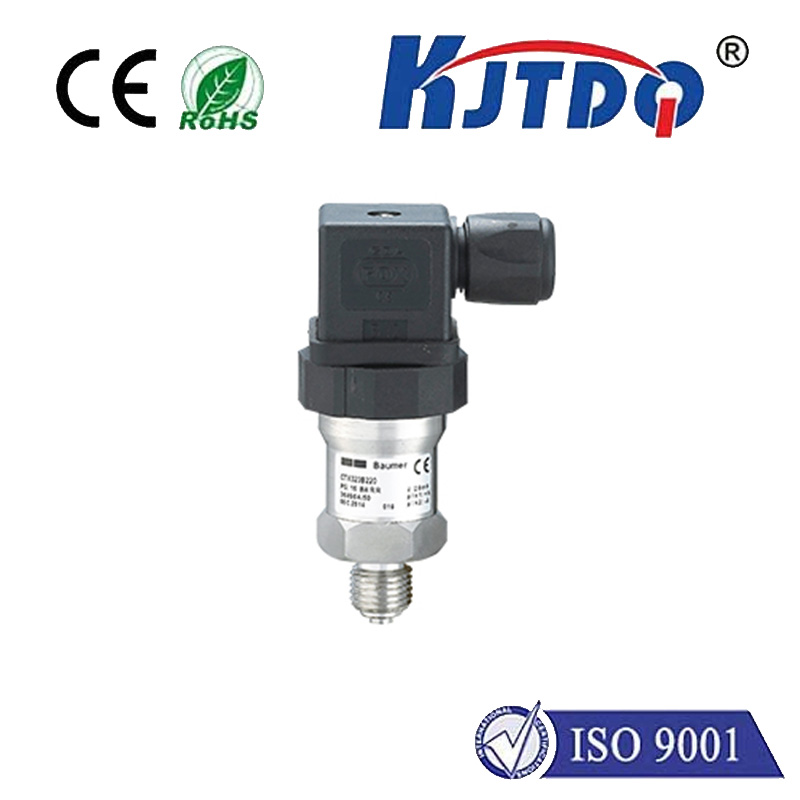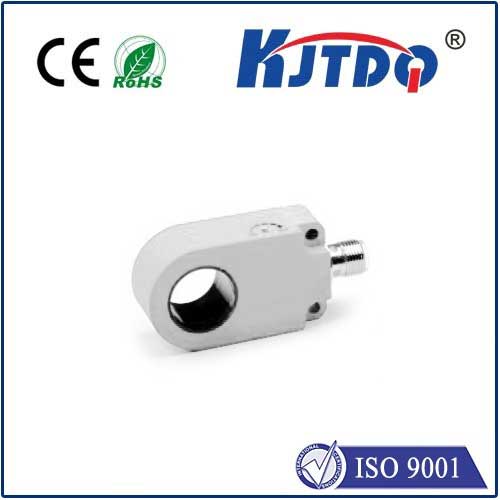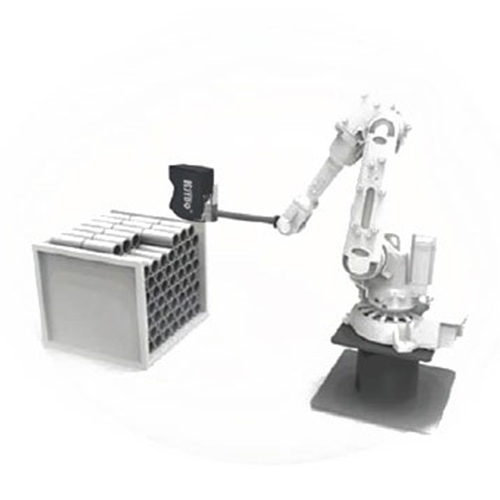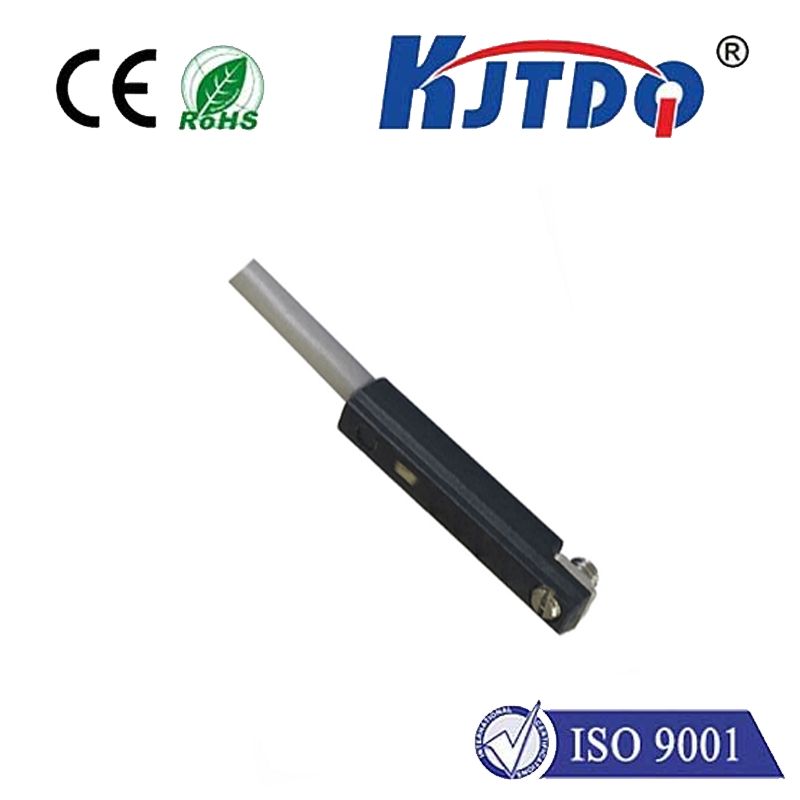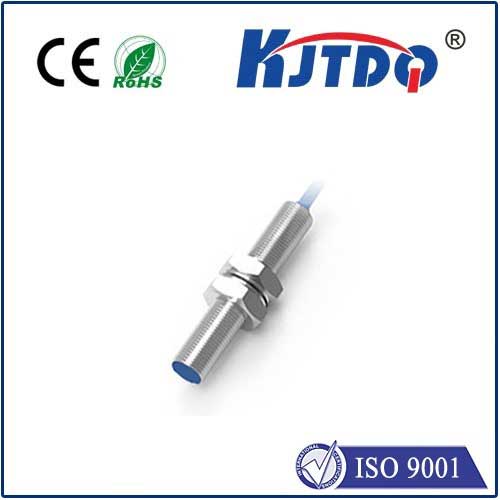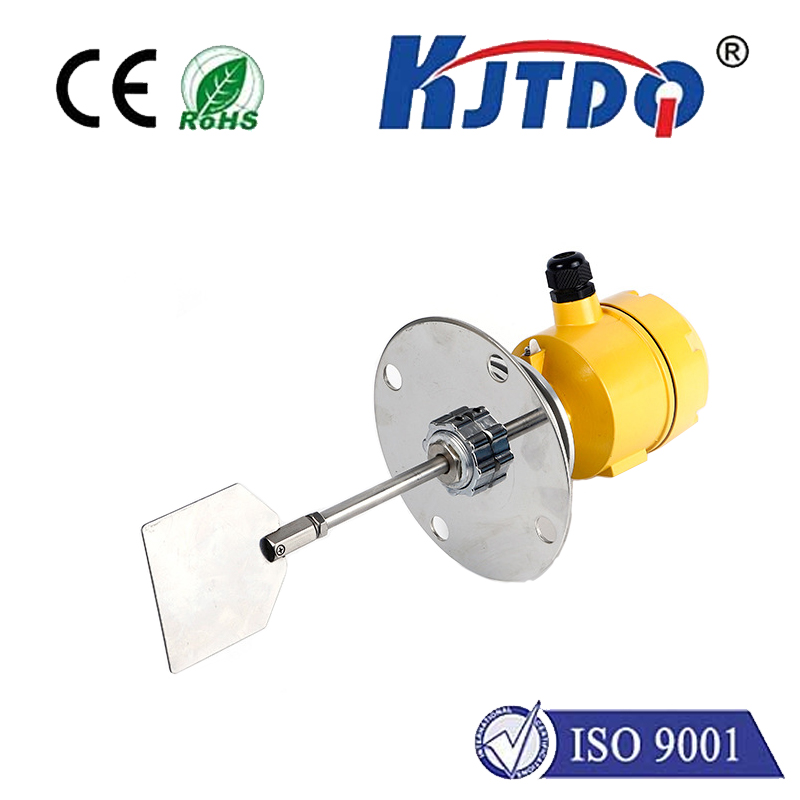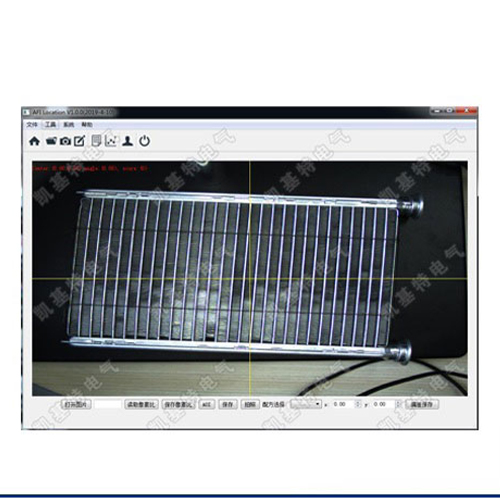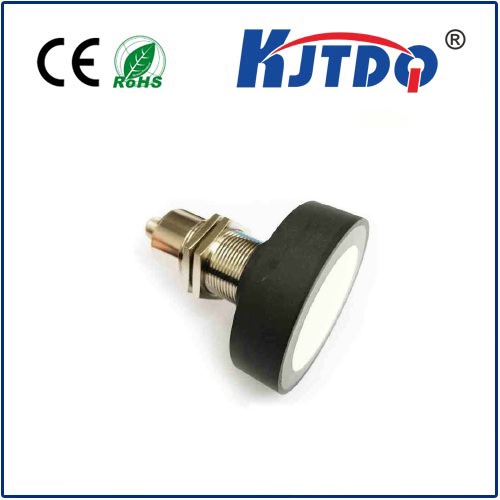

check

check

check

check
In the intricate choreography of modern manufacturing, countless unseen elements work tirelessly to ensure precision, safety, and efficiency. Among these unsung heroes, proximity sensors stand as fundamental sentinels, silently detecting presence or absence without physical touch. The BES0481 proximity sensor emerges as a prime example of this critical technology, offering reliable, non-contact detection solutions specifically engineered for demanding industrial environments. Its role is pivotal – a small component safeguarding processes and enabling the seamless flow of automation.
Understanding the Core: Inductive Sensing at Work
The BES0481 is fundamentally an inductive proximity sensor. This means it operates by generating an electromagnetic field. When a metallic target (typically ferrous metals like steel or iron, though some types detect non-ferrous metals) enters this field, it induces eddy currents within the target. These currents cause a measurable change in the sensor’s internal oscillation circuit. The BES0481’s electronics detect this change and trigger its output signal – switching from “off” to “on,” or vice-versa. This entire process happens in milliseconds and without any physical contact, making it ideal for applications demanding speed, hygiene, or resistance to wear and tear.
The non-contact detection principle is the cornerstone of the BES0481’s appeal. It eliminates the mechanical wear associated with limit switches, significantly enhancing operational lifespan and reducing maintenance downtime – a critical factor in continuous production lines. Furthermore, its sealed construction protects against common industrial adversaries like dirt, dust, cutting fluids, oil, and even washdown procedures in food and beverage settings. This inherent ruggedness and environmental resistance make it a dependable choice for harsh conditions.
Where the BES0481 Proximity Sensor Excels: Diverse Applications

The versatility of an inductive sensor like the BES0481 translates to a wide array of industrial uses. Its primary function is object presence detection, finding application in:
Key Attributes Powering Performance
The BES0481 proximity sensor isn’t just another sensor; its design incorporates features optimized for industrial reliability:
Why Choose the BES0481?
For engineers and maintenance personnel selecting sensors, the BES0481 proximity sensor represents a compelling blend of performance, durability, and value. Its widespread use across numerous manufacturers and platforms often signifies:
Specifications at a Glance (Typical Inductive Sensor Features):
| Feature | Typical Specification Range for BES0481 Type Sensors |
|---|---|
| Sensing Range | 2mm, 4mm, 8mm (Common Standard Ranges) |
| Housing Material | Nickel-Plated Brass, Stainless Steel |
| Output Type | NPN NO/NC, PNP NO/NC |
| Connection | Pre-wired Cable or M8/M12 Connector |
| Voltage Range | 10-30V DC |
| Switching Frequency | 100 Hz - 5 kHz (Depends on specific model) |
| IP Rating | IP67 (Standard), IP68, IP69K (Enhanced Protection) |
| Operating Temp | -25°C to +70°C (Wider ranges available) |
Installation Considerations: Maximizing Reliability
To leverage the full potential of the BES0481 proximity sensor, proper installation is key:
Sn). Account for factors like target material, size, and temperature, which can slightly affect performance. Maintain a small safety margin.Sr) – the actual working distance – can vary based on the target metal type (steel, aluminum, brass, etc.).In the complex ecosystem of industrial automation, the BES0481 proximity sensor operates as a fundamental and reliable component. Its ability to perform non-contact inductive detection with precision and durability underpins countless critical processes. From ensuring machine safety to guaranteeing precise positioning and enabling accurate counting, its consistent performance makes it a trusted solution for engineers seeking to enhance efficiency and reliability on the factory floor. Whether integrated into new machinery or replacing a worn component, understanding the capabilities and applications of sensors like the BES0481 is essential for maintaining the smooth, uninterrupted flow of modern industrial operations.
